January 2021
/Full text: Tracy, D., Joyce, D., Albertson, D., & Shergill, S. (2021). Kaleidoscope. The British Journal of Psychiatry, 218(1), 69-70. doi:10.1192/bjp.2020.239
Read the full January 2021 Kaleidoscope column in BJPsych for free
Predicting future suicide attempts is a challenging area for psychiatrists. Even well-established individual risk factors tend to be quite weak predictors, and most assessment tools have been shown to add little or no value to a comprehensive clinical assessment. A lack of adequately sized data-sets and limited sample sizes are often blamed. Chen et al applied a machine learning approach to a national registry of over half a million psychiatric in- and out-patient attendances between 2011 and 2012.1 Anxiety disorders (about 20%), major depressive disorders (17%) and substance use disorders (14%) were the most common presentations. An impressive 425 candidate predictors were extracted from electronic records covering clinical, demographic and socioeconomic factors. In total, 80% of the sample was used to train the algorithm – which looked for suicide attempts and deaths within 30 and 90 days – which was then tested on the remaining 20%.


